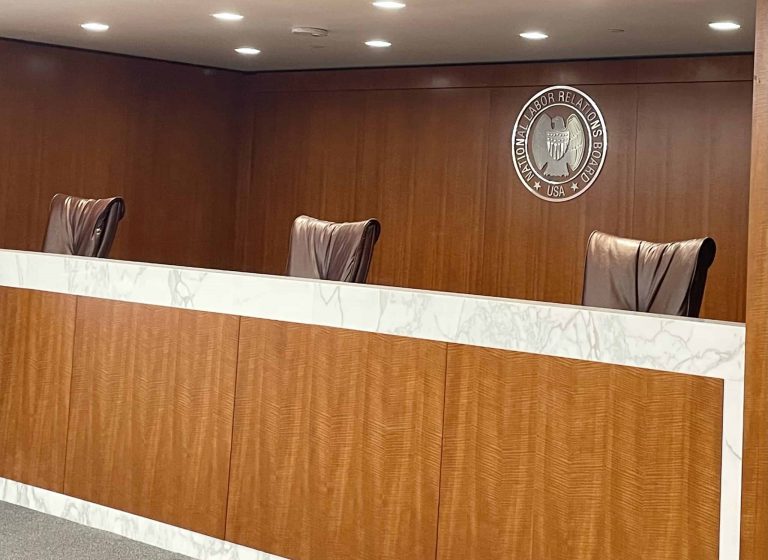According to the New York Times, business groups are starting to aggressively challenge the growing power of workers’ centers, viewing them as the new face of the labor movement. The business groups argue that because workers’ centers perform traditional union roles of targeting specific employers and pushing them to improve wages, they should “face the same strictures as labor unions under federal law, including detailed financial disclosure, regular election of leaders and bans on certain types of picketing.” The criticism seems to be mounting as the workers’ centers celebrate ever broader public victories: this week, for example, the Coalition of Immokalee Workers announced that Wal-Mart had signed on to its Fair Food Campaign.
The New York Times reports that New York City Mayor Bill DeBlasio will announce plans to significantly increase the number of city businesses required to provide paid sick leave to their employees. Some view the proposal as the first manifestation of DeBlasio’s campaign focus on reducing inequality in New York. The city council passed a bill last year requiring paid sick leave for businesses employing 20 or more employees. DeBlasio’s proposal would be more inclusive, applying to businesses with 5 or more employees, which could affect thousands of additional businesses.
In other New York news, the Times also reports that Mayor DeBlasio appointed Robert Linn and Stanley Brezenoff, two veteran policymakers from the Koch administration, to help negotiate new contracts with each of the city’s 152 bargaining units. The unions are asking for more than $7 billion in retrospective raises, to make up for years during the Bloomberg administration where no raises were given. Though many see Mr. DeBlasio as an ally of the unions, negotiating the new contracts could raise thorny issues. The article notes that “if he gives billions in retroactive pay to workers, he could have to cut spending on schools, the police or parks, or have difficulty financing his plans for universal prekindergarten.”
The Times’ Economix blog features a post by Jared Bernstein, a senior fellow at the Center for Budget and Policy Priorities. Bernstein argues that the traditional unemployment rate calculation is underinclusive, as millions of workers have left the labor force and are not included in the rate. This fact, he argues, significantly weakens the argument that several Republicans voiced this week for not extending unemployment benefits, namely that the benefits are unnecessary because the unemployment rate continues to fall.
The New York Times published an op-ed about the harsh conditions in the Cambodian garment industry. Conditions in the factories have caused mass faintings and sicknesses, which the workers attribute to local guardian spirits known as neak ta. The author contextualizes this as an example of “seemingly magical manifestations [that occur] when indigenous populations first confront industrial capitalism.” She writes that the mass faintings have “reframed the debate” since they resonate so deeply with the local population, and she credits them (along with several independent unions) with recent wage increases and safety improvements in the industry.






Daily News & Commentary
Start your day with our roundup of the latest labor developments. See all
December 22
Worker-friendly legislation enacted in New York; UW Professor wins free speech case; Trucking company ordered to pay $23 million to Teamsters.
December 21
Argentine unions march against labor law reform; WNBA players vote to authorize a strike; and the NLRB prepares to clear its backlog.
December 19
Labor law professors file an amici curiae and the NLRB regains quorum.
December 18
New Jersey adopts disparate impact rules; Teamsters oppose railroad merger; court pauses more shutdown layoffs.
December 17
The TSA suspends a labor union representing 47,000 officers for a second time; the Trump administration seeks to recruit over 1,000 artificial intelligence experts to the federal workforce; and the New York Times reports on the tumultuous changes that U.S. labor relations has seen over the past year.
December 16
Second Circuit affirms dismissal of former collegiate athletes’ antitrust suit; UPS will invest $120 million in truck-unloading robots; Sharon Block argues there are reasons for optimism about labor’s future.